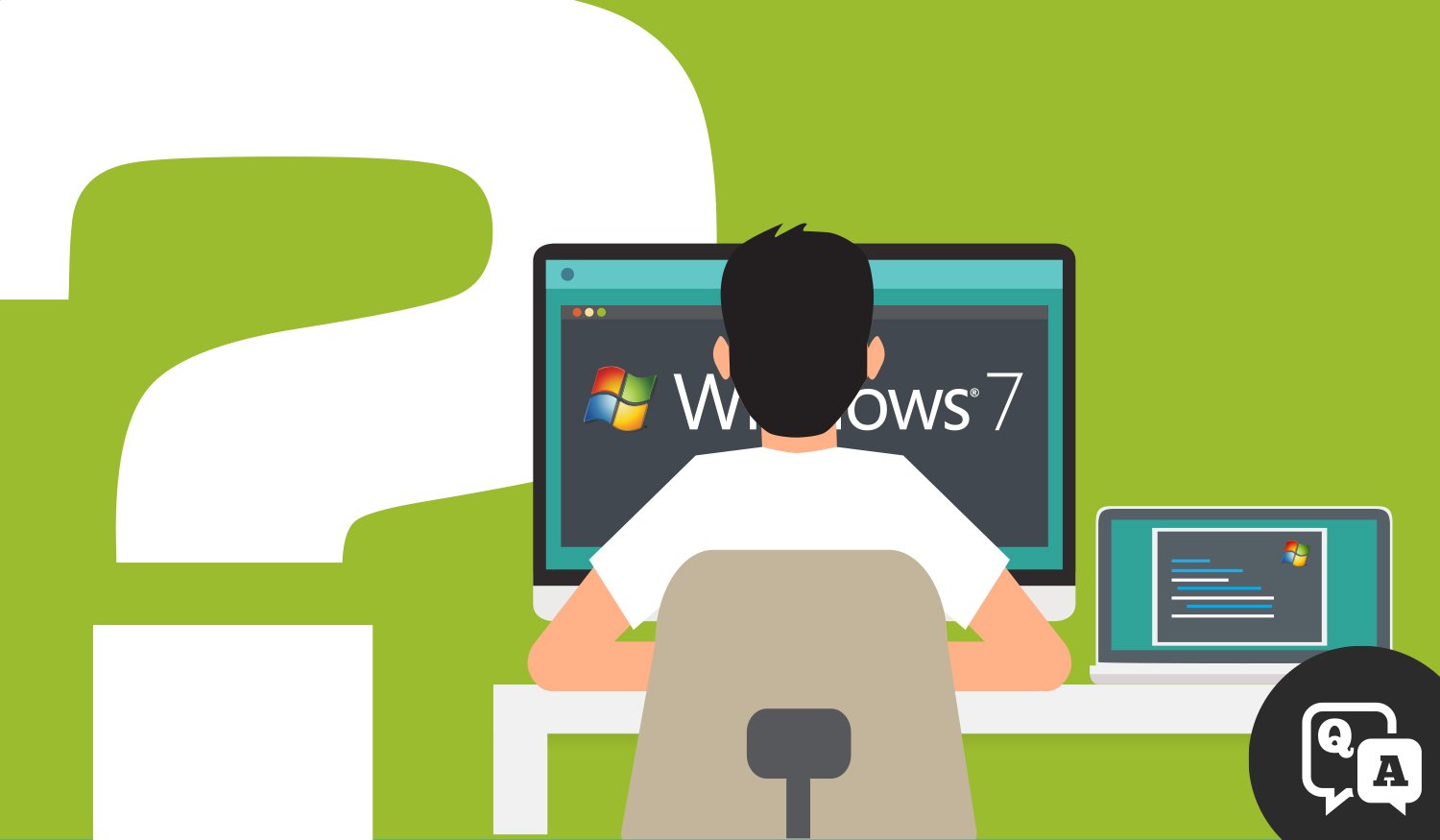
Find out what the real issues are with Windows 7 after Jan. 14, and 3 steps toward a solution.
As many IT administrators already know, Windows 7 is on life support. Failing to act could place your IT environment in critical condition.
The Operating System is going “end of Life” on Jan. 14, meaning Microsoft will no longer support and will stop issuing security update patches for Windows 7. Those who fail to upgrade their systems by then could open up a distinct security risk for users and their organizations.
But don’t panic. Your computer will still boot up come Jan. 15. And, you’re not alone.
According to research released this summer by Kapersky, 38 percent of consumers are still using Windows 7 and almost the same amount of small businesses use Windows 7 too. According to the research, 47 percent of enterprises are still running Windows 7 on its devices.
While you will be severely unprotected until your systems are updated, it’s time (if you haven’t already) to begin your upgrading process – one that fits your budget, your infrastructure, and your specific business needs.
The Issues: Security and Functionality.
Security and functionality are two important considerations for any element of the technology infrastructure and workstations are no exception. However, it’s important to understand that continuing to run Windows 7 puts you at a distinct disadvantage on both fronts.
The Issue With Security.
After Jan. 14, Windows 7 will no longer receive the OS Patches or security updates that keep systems protected from threats like malware or Ransomware.
The truth is, current users are already at a bit of a disadvantage. Microsoft routinely pushes out standard second-Tuesday patch updates, as well as “out of band” patches, when a unique problem is discovered. For some time, while Microsoft actively pushes resources to Windows 10, Windows 7 users have received fewer “Out of band” updates.
The Issue With Functionality.
As Microsoft drops support, others too will follow. Web browsers, as well as newer software systems, will increasingly not be compatible with the OS, resulting in breakdowns in functionality throughout your workday.
When Windows XP went end of life in 2014, Quickbooks was one notable example of a commonly-used accounting software that no longer supported Windows XP. Organizations scrambled at that point to cover their accounting bases.
The Solution: What Should You Do?
1. Recognize the need for change.
By first acknowledging you have this issue looming with Windows 7, you can recognize that a). It’s not the end of the world but, b). action needs to be taken.
2. Make a plan – one that fits your budget.
Depending on what year-end looks like for your company, you may need to address this in your 2020 budget, or make some special concessions to getting to an upgrade sooner rather than later.
Whether you plan on upgrading to Windows 10 on existing systems or purchasing new hardware depends highly on your budget. If your computer is more than five years old there are a couple of considerations to be aware of. First, hardware compatibility. A lot has changed in the time since your workstation was manufactured. Sometimes there can be compatibility issues with new software and old hardware.
Second, cost. Paying someone to upgrade the operating system on old hardware may not be the best usage of your money. For many, it makes more sense to spend that same money on new equipment that comes with the current version of Windows already installed.
Your organization may be stuck. You may be using specific software that’s integral to your everyday workflow, that is not designed to work on Windows 10. If that’s the case, try to limit the Internet connectivity of that machine as you search for another software solution.
3. Contact your IT Provider.
Rather than attempting to upgrade on your own, contact your IT Provider. Your trusted technology partner can ensure data is properly backed up, can troubleshoot any issues during the upgrade or install process, and can also help expedite your adjustment process with a new OS.
Back to the issues at play here: Security and Functionality. Any logistical hassle or short-term productivity losses will be by offset by the significant gains of complete security and functionality of a fully-supported operating system.
Still not sure what to do next? Give us a call! Datamax’s trained staff of IT Professionals will work with you to ensure your IT condition goes from critical to critically acclaimed!



